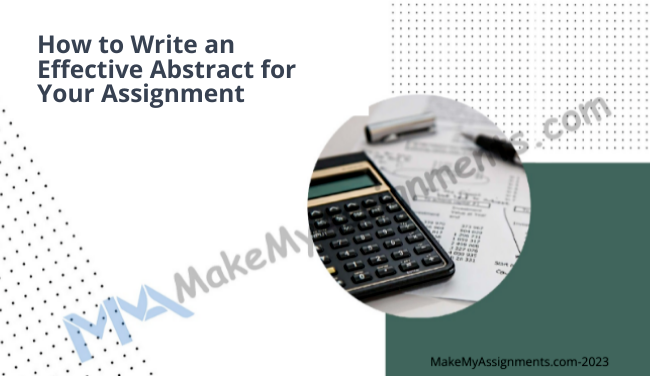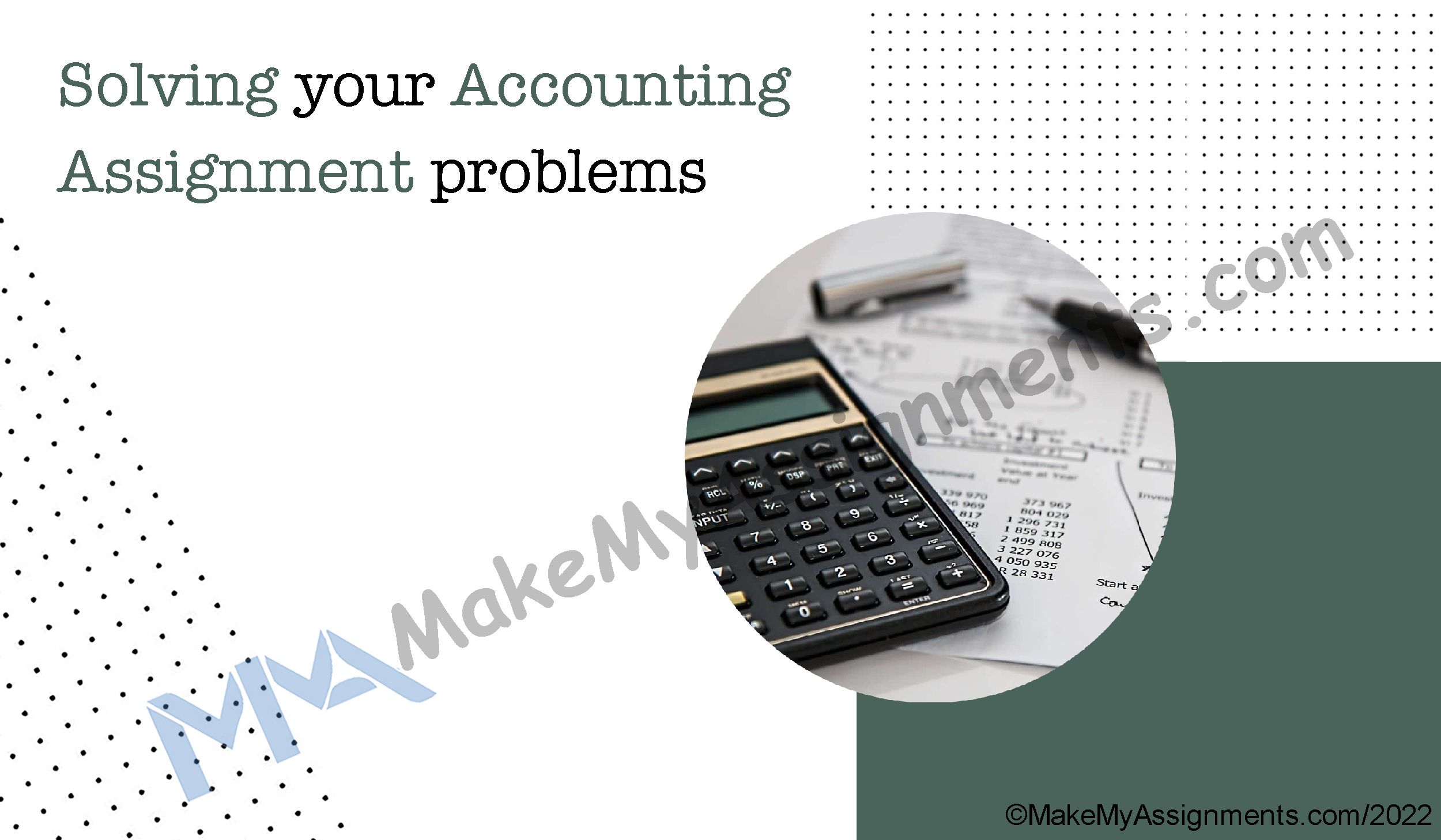
How to Write an Effective Abstract for You Assignment
In the world of academia, a well-crafted abstract is a potent weapon in your arsenal. Whether you’re writing a research paper, thesis, dissertation, or any other academic assignment, an effective abstract can make a significant difference in conveying the essence of your work. An abstract serves as a concise summary that piques the reader’s interest, provides a glimpse of your research, and compels them to delve deeper into your work. In this blog, we will explore the essential steps to write an effective abstract for your assignment.

- Understand the Purpose of an Abstract
Before delving into the specifics, it’s crucial to understand the purpose of an abstract. An abstract is not just a hasty summary; it’s a standalone piece of writing that should succinctly convey the key aspects of your assignment. It should serve as a teaser that sparks curiosity and encourages readers to explore your work further.
- Identify the Key Components
An effective abstract typically consists of the following components:
a. Research Problem/Objective: Clearly state the problem or objective of your assignment. What are you trying to address or accomplish?
b. Methodology: Describe the research methods or approach you used to tackle the problem or achieve your objective.
c. Results/Findings: Summarize the most significant results or findings of your work. What have you discovered, and what are the implications?
d. Conclusion/Significance: Briefly discuss the implications of your findings and why your work matters. What contributions does it make to the field?
- Keep It Concise
One of the key challenges in writing an abstract is conciseness. You must convey all the essential information within a limited word count. Generally, abstracts should be no more than 150 to 250 words. Be ruthless in your editing, focusing on conveying only the most critical information.
- Use Clear and Concise Language
Clarity is paramount in an abstract. Use clear and straightforward language. Avoid jargon or technical terms that might be unfamiliar to a broader audience. Remember that your abstract may be read by people outside your field.
- Follow a Structured Format
A well-structured abstract enhances readability. Consider using a structured format such as the following:
a. Introduction: Start by briefly introducing the topic and research problem.
b. Methodology: Describe the methods you employed.
c. Results: Summarize the key findings or results.
d. Conclusion: Conclude by discussing the significance and potential implications of your work.
- Maintain Consistency with the Assignment
Ensure that your abstract aligns with the content of your assignment. It should accurately represent what readers will find in the main body of your work. Avoid including information that is not present in your assignment.
- Edit and Proofread
Like any piece of writing, your abstract should be meticulously edited and proofread. Typos, grammatical errors, or unclear sentences can detract from the professionalism of your abstract. Take the time to review and revise your abstract thoroughly.
- Seek Feedback
Consider seeking feedback from peers, professors, or mentors. They can provide valuable insights and help you refine your abstract. Peer review can help you identify areas where your abstract may need improvement.
Writing an effective abstract for your assignment is an art that requires precision and clarity. It’s your opportunity to showcase the essence of your work in a concise and compelling manner. By following the steps outlined in this blog, you can craft an abstract that not only meets the requirements but also engages and captivates your readers, leaving them eager to explore your assignment in depth.





